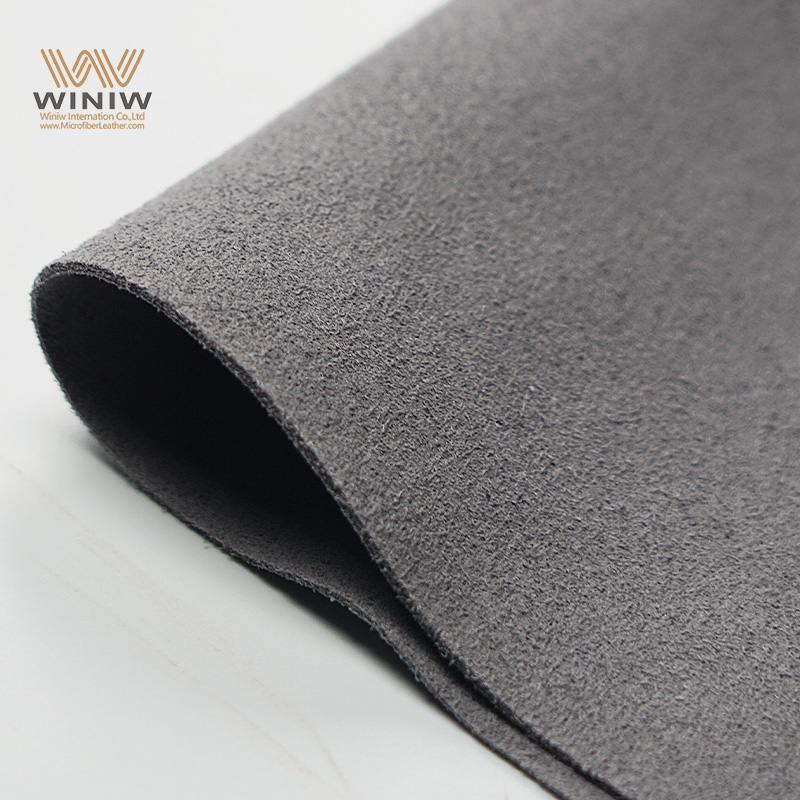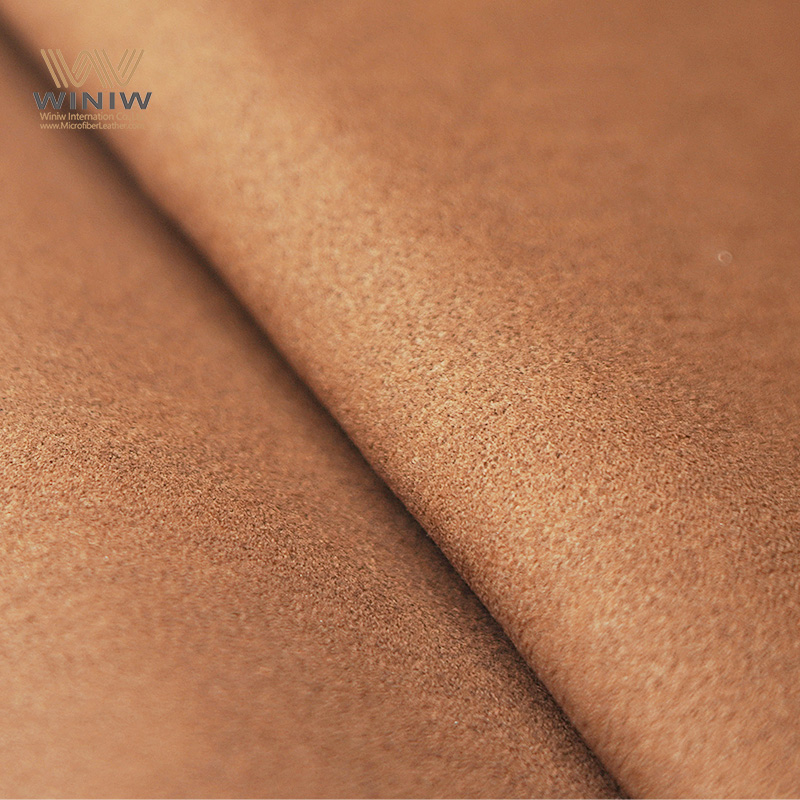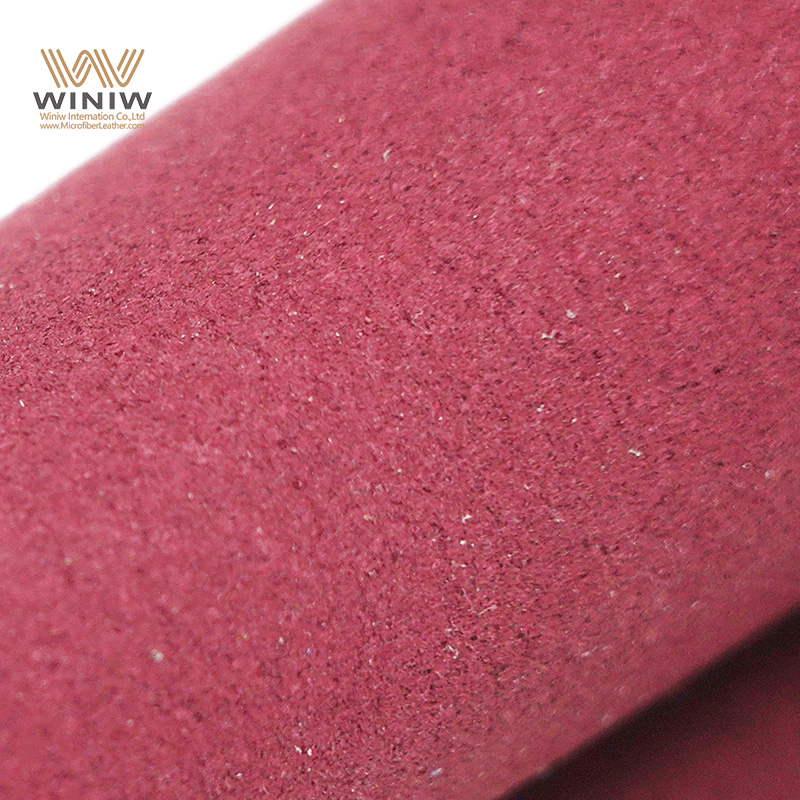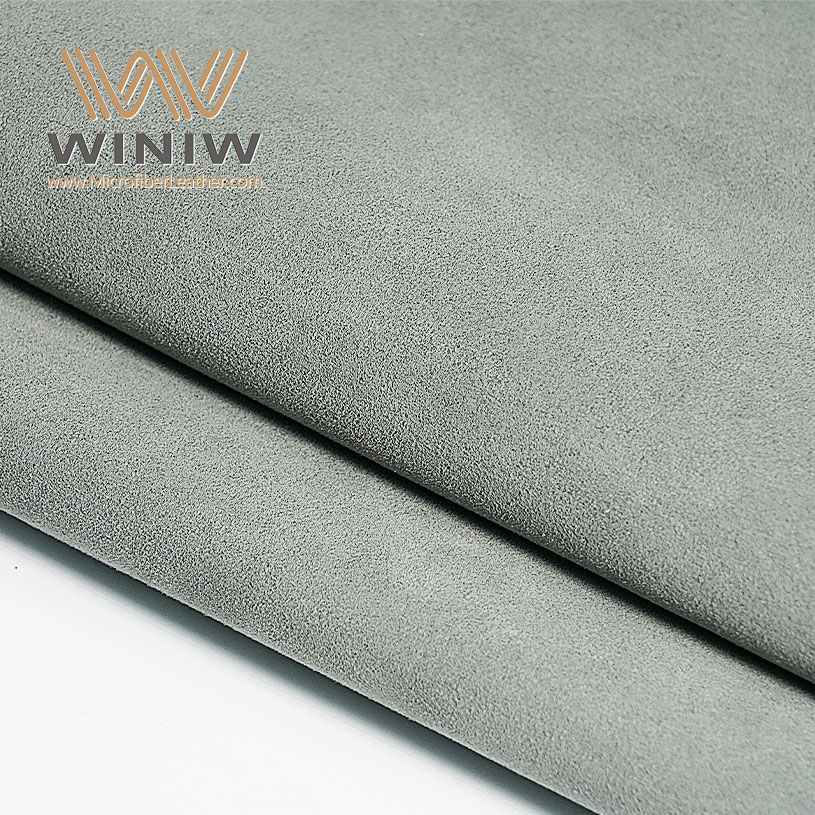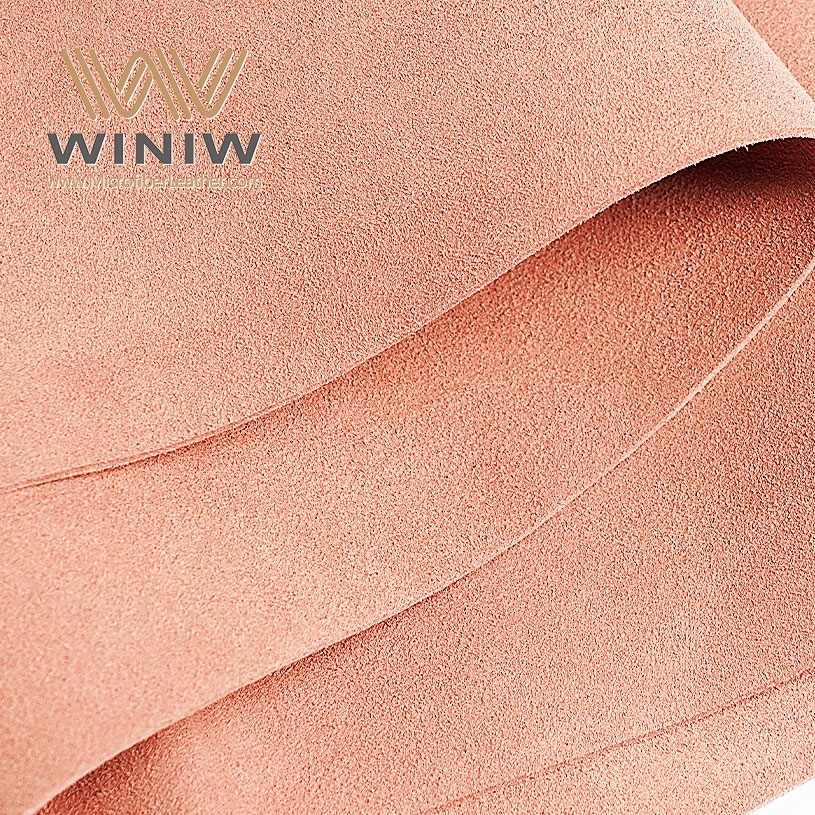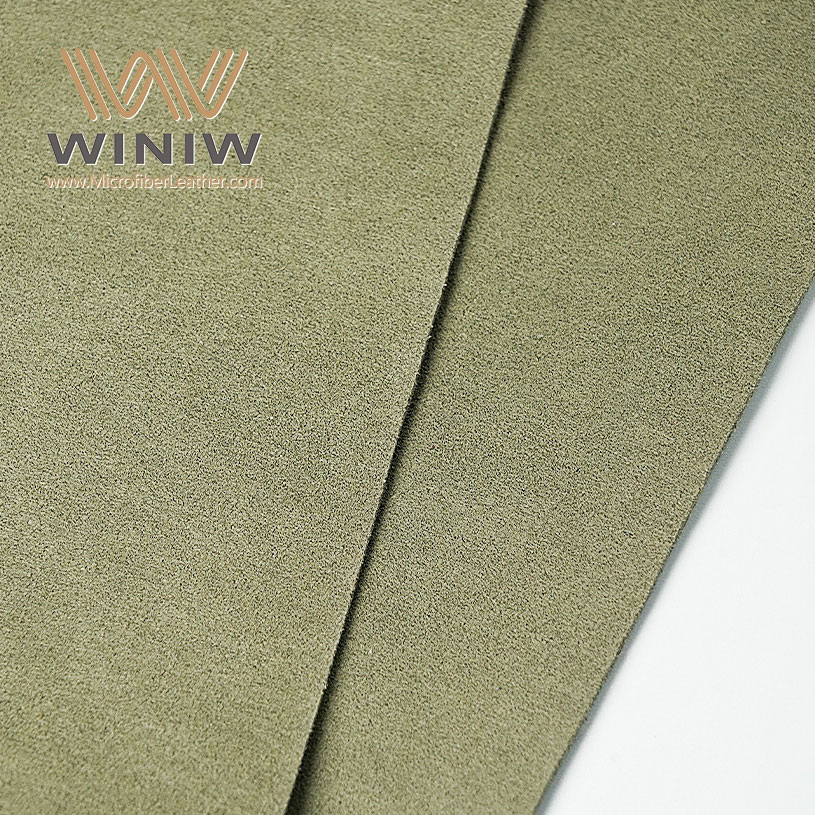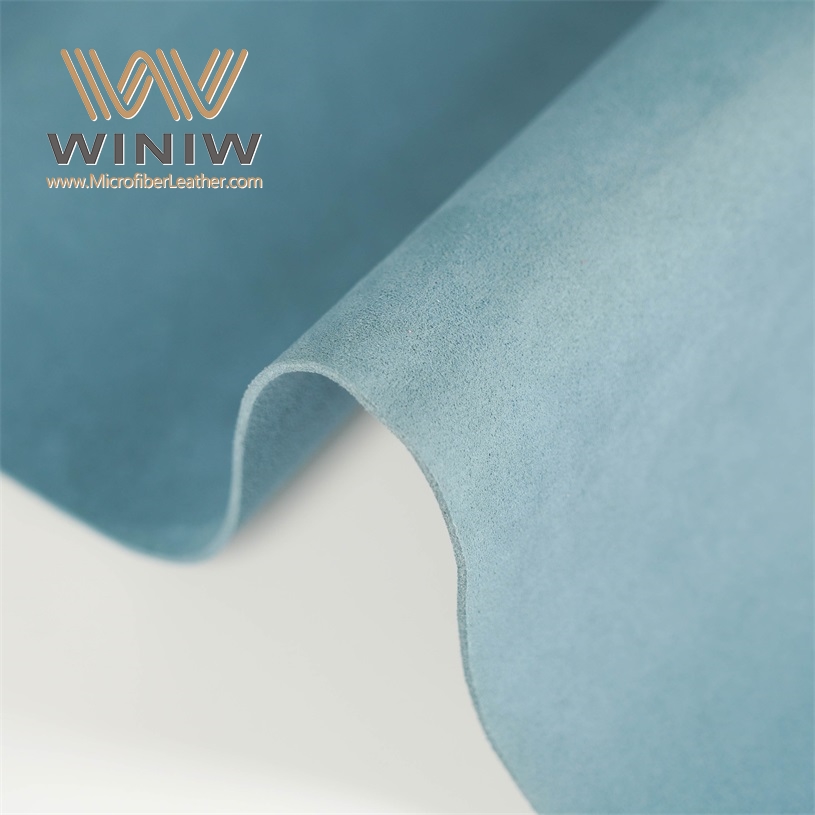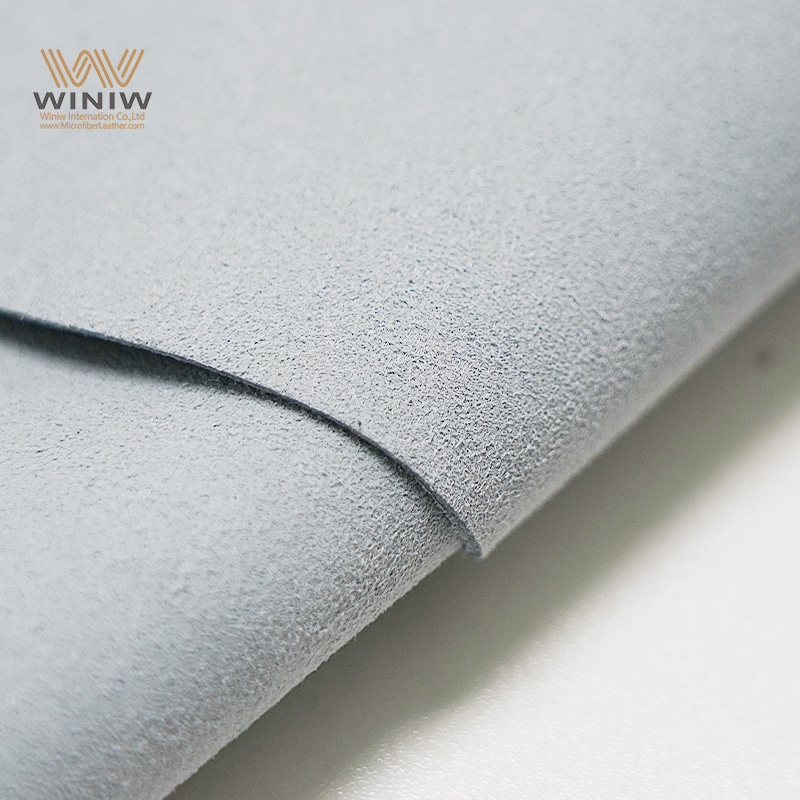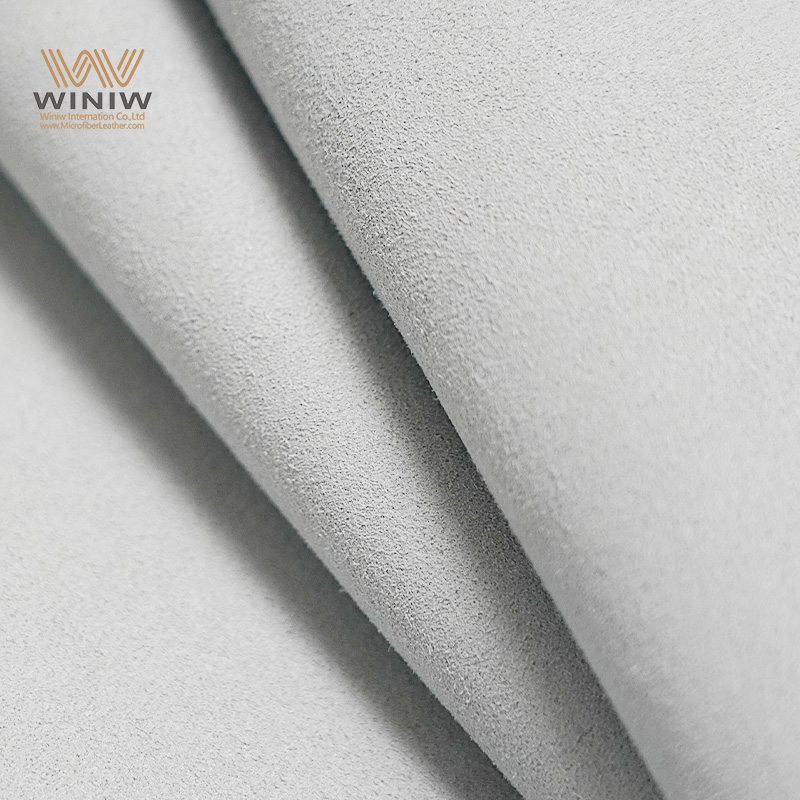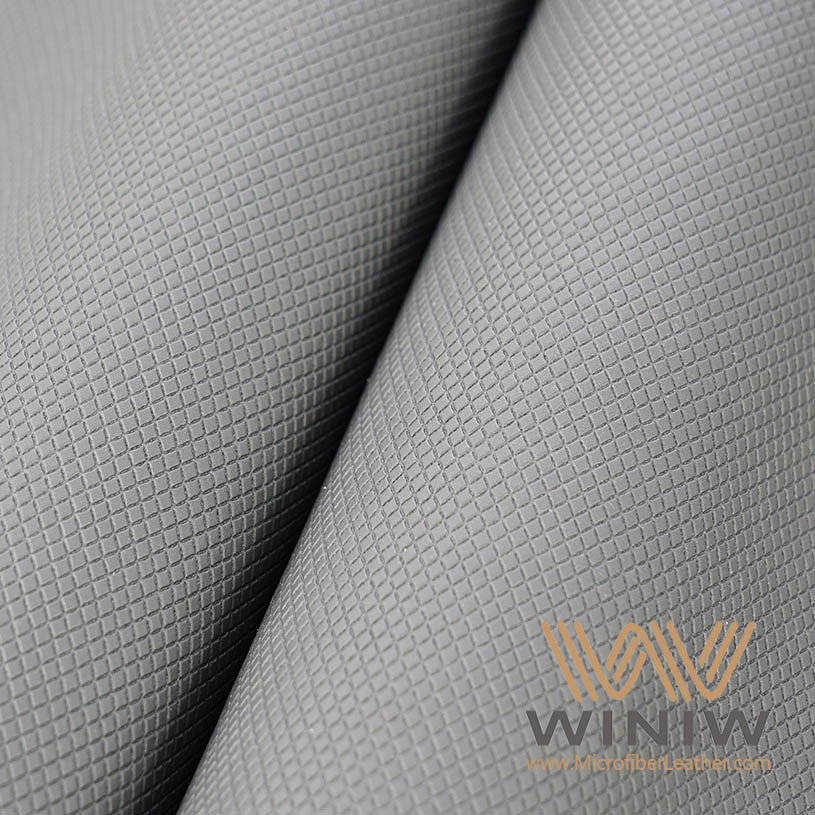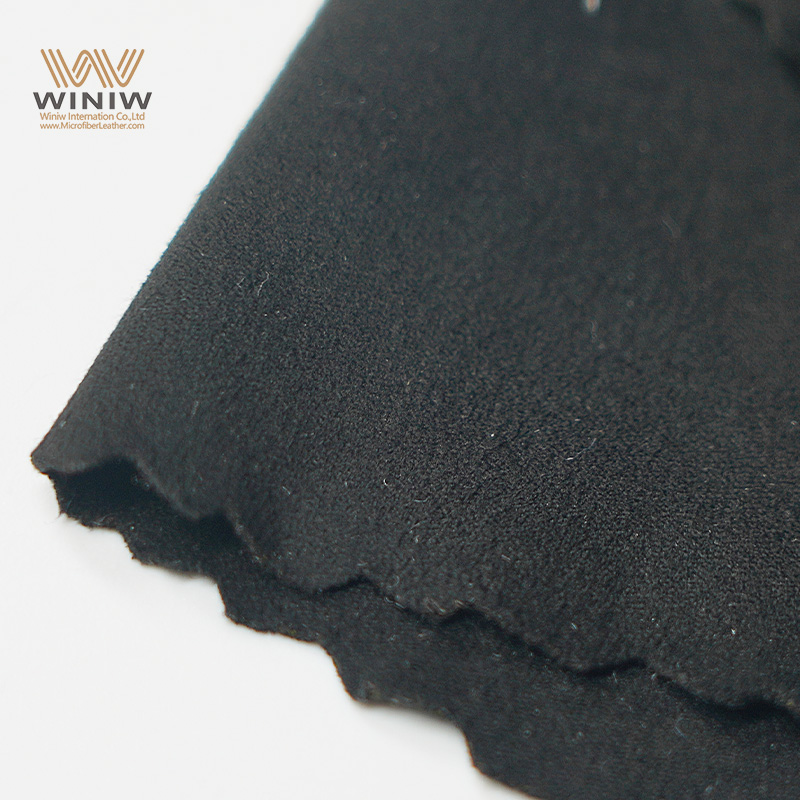
Durability, stain resistance, easy cleaning, and color retention stand out as the top qualities for upholstery fabric selection. Furniture that sees daily use needs a fabric with a strong durability rating. For example, Black Microsuede commonly features a 30,000 double rub rating, which signals excellent wear resistance:
Fabric Type | Durability Rating |
|---|---|
Black Microsuede | 30,000 Double Rubs |
Shoppers should think about their budget, the type of furniture, and how often the piece will be used. These factors help ensure the right choice for both style and function.
How to choose the best black microsuede for upholstery projects
Choose black microsuede for its high durability, with a double rub rating of 30,000, making it ideal for busy households.
Look for tightly woven polyester fibers in black microsuede to enhance durability and resist stains and spills.
Consider the softness and supple finish of black microsuede, which provides comfort and a luxurious appearance for furniture.
Check the cleaning codes on fabric labels to ensure the right cleaning methods match your preferences for maintenance.
Evaluate stain resistance features to keep your upholstery looking fresh and new, especially in homes with children or pets.
Request fabric samples to test softness, color, and cleanability in your own space before making a purchase.
Balance price and quality; premium black microsuede offers better durability and appearance over time, making it a worthwhile investment.
Regularly maintain black microsuede by vacuuming and using gentle cleaning solutions to extend its lifespan and keep it looking great.
Black microsuede qualities
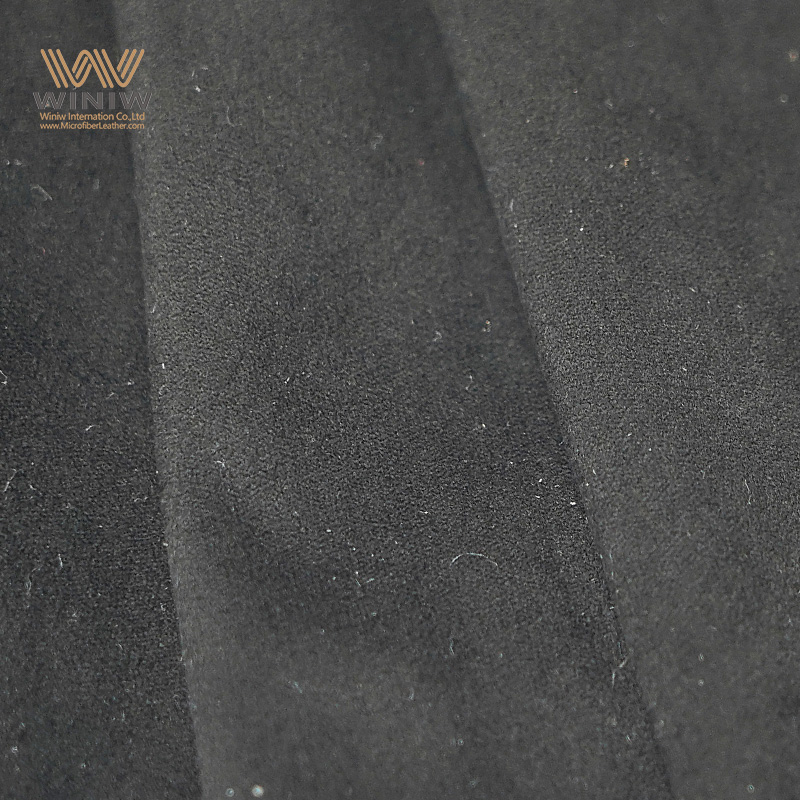
Durability
Double rub count
Manufacturers use the double rub count to measure how well upholstery fabric stands up to repeated use. Black microsuede often features a high double rub count, such as 30,000, which signals strong resistance to wear. This makes it a reliable choice for furniture that experiences frequent contact, such as sofas and chairs in busy households.
Tightly woven fibers
Black microsuede uses very fine polyester fibers that are tightly woven together. This construction method increases the fabric's durability and helps it resist wear and tear. Many families with pets or children choose black microsuede because it maintains its plush appearance and color even after daily use. The tightly woven structure also helps prevent snags and pilling, which can extend the life of upholstered furniture.
Tip: Tightly woven polyester fibers not only boost durability but also help the fabric resist stains and spills, making cleaning easier.
Feel and texture
Softness
Black microsuede stands out for its soft, velvety feel. The fine polyester fibers create a smooth surface that feels comfortable to the touch. Many people prefer this softness for furniture where comfort matters most, such as living room couches or reading chairs.
Supple finish
The supple finish of black microsuede gives it a luxurious look and feel. Unlike some natural fabrics, it does not stiffen over time. The fabric remains flexible, which helps it drape smoothly over furniture and maintain a neat appearance.
Characteristic | Microsuede | Other Fabrics |
|---|---|---|
Softness | Highly soft to the touch | Varies (e.g., cotton, wool) |
Durability | Highly durable | Varies (e.g., less durable) |
Affordability | More affordable than real suede | Varies (e.g., often more expensive) |
Composition | Synthetic polyester fibers | Natural or synthetic fibers |
Stain Resistance | Resilient and stain resistant | Varies (e.g., less resistant) |
Weight
Medium-heavy
Black microsuede typically falls into the medium-heavy weight category, with some varieties weighing around 250 g/m². This weight level increases the fabric's durability and makes it suitable for furniture that sees a lot of use or is prone to spills. Medium-heavy black microsuede works especially well for sofas and chairs in high-traffic areas. The added weight helps the fabric drape smoothly and stay in place, which improves both the look and function of upholstered pieces.
Note: The medium-heavy weight of black microsuede ensures that it can handle the demands of everyday life while still providing a soft, inviting texture.
Choose the right fabric for upholstery
Selecting upholstery fabric requires careful attention to stain resistance, color retention, and price range. These factors help anyone choose the right fabric for both function and appearance.
Stain resistance
Stain resistance plays a major role in the longevity and appearance of black microsuede. Manufacturers use laboratory tests to measure how well the fabric resists stains and repels liquids. The following table shows common tests used for this purpose:
Test Name | Method | Description | Lead Time | Yardage Required |
|---|---|---|---|---|
Stain Resistance | ASTM D1308 / CFFA 141 | Measures fabric resistance to common household stains and cleaning agents. | 3-5 days | 8" x 8" per stain |
Repellency to Oil | ATCC 118 | Detects presence of fluorochemical finishes by evaluating resistance to liquid hydrocarbons. | 5-7 days | 1 yard x full width |
Repellency to Water | AATCC 22 | Measures resistance of fabrics to wetting by water, assessing water repellent efficiency. | 3-5 days | 12" x full width |
Repellency to Water/Alcohol | AATCC 193 | Determines fabric repellency using water : alcohol solutions with varying surface tensions. | 3-5 days | 12" x full width |
Cleaning codes
Cleaning codes help users understand the best way to maintain black microsuede. These codes appear on fabric labels and indicate which cleaning methods work safely:
Code W: This code means the fabric can be cleaned with water-based detergents. Most synthetic fabrics, including black microsuede, use this code. Water-based cleaning makes maintenance simple and supports long-term cleanability.
Code S: This code requires solvent-based cleaners. It appears more often on natural fibers. Using water on these fabrics can cause damage.
Tip: Always check the cleaning code before purchasing to ensure the fabric matches your cleaning preferences.
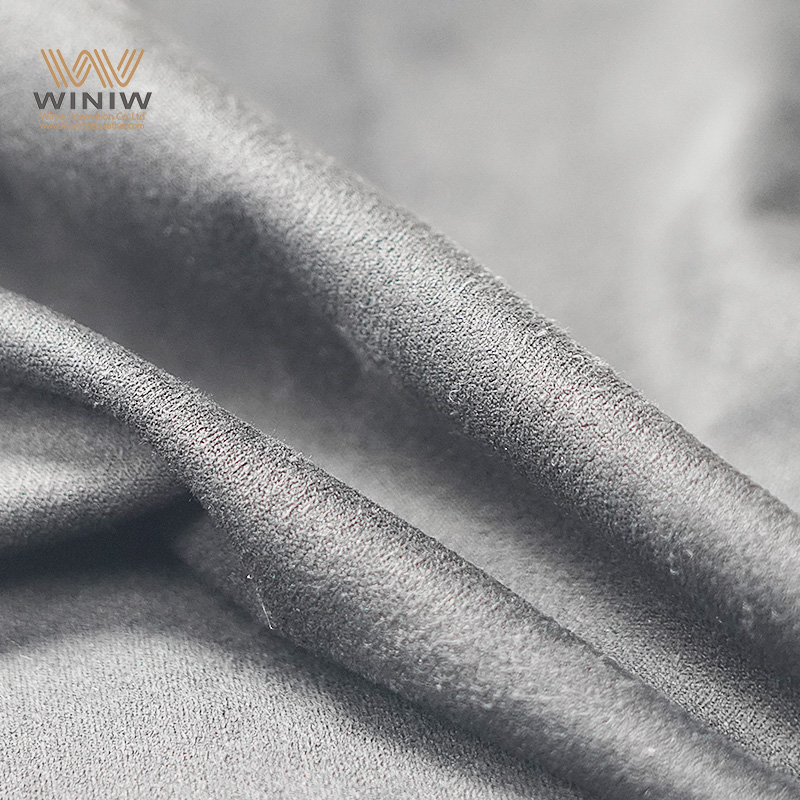
Soil resistance
Soil resistance treatments add another layer of protection to black microsuede. These treatments help the fabric repel dirt and spills, preserving its appearance. The table below highlights popular soil resistance products:
Product Name | Features | Best For |
|---|---|---|
GreenGard® | Water-based, eco-friendly, no VOCs, uses nano-technology for protection | General upholstery |
FabArmor® | Combines stain protection with a barrier film, breathable, moisture-wicking | Healthcare, commercial applications |
Other common treatments include:
Scotchgard: Known for strong protection and durability, but contains chemicals.
RepelWell: Eco-friendly, water-based silicone spray. Requires reapplication every few months.
These treatments help maintain the fabric’s appearance and make it easier to choose the right fabric for homes with children or pets.
Color retention
Color retention ensures that black microsuede keeps its deep, rich shade over time. Fading can affect the overall appearance and reduce the value of upholstered furniture.
Fade resistance
Several factors can cause color fading in black microsuede:
Sunlight: UV rays from windows can gradually lighten the fabric.
Skin Oils: Sweat and natural oils from skin can discolor the surface.
Spills: Liquids may seep in and leave stains that dull the color.
Placing furniture away from direct sunlight and cleaning spills quickly can help preserve color. Fade-resistant finishes also help maintain the original appearance.
Performance treatments
Manufacturers often apply performance treatments to boost color retention. These treatments protect against UV rays, stains, and daily wear. Some finishes also resist pilling and help the fabric keep its smooth appearance. When shoppers choose the right fabric, they should look for these added features to ensure long-lasting beauty.
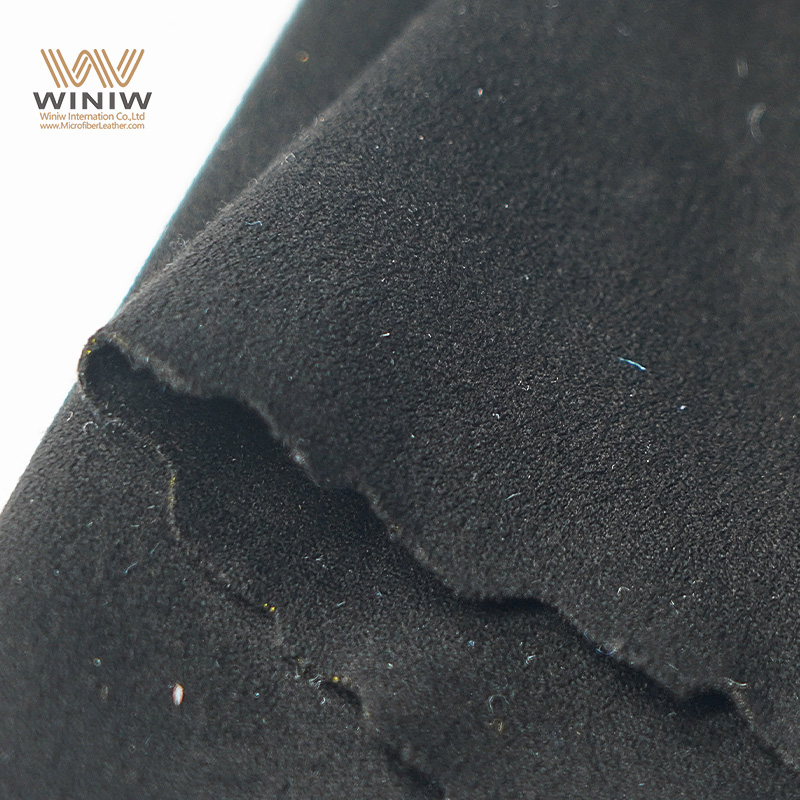
Price range
Price influences the decision when people choose the right fabric for upholstery. Black microsuede typically costs around $24.75 per yard. The price reflects the quality, durability, and special treatments applied to the fabric.
Budget options
Budget black microsuede offers affordability and basic protection. These fabrics suit casual use or temporary furniture. However, after a short period of daily use, budget covers may show fuzziness, pilling, and dulling of color. Machine washing can cause stretching and thinning, which affects both durability and appearance.
Premium choices
Premium black microsuede uses higher-quality fibers and advanced treatments. These fabrics maintain their shape, texture, and appearance even after frequent use and washing. Premium covers resist pilling and fading, keeping furniture looking new for longer. Although the initial cost is higher, the investment pays off in durability and lasting appearance.
Note: Balancing price and quality helps buyers choose the right fabric for their needs. Premium options offer better long-term value, especially for high-traffic areas or statement pieces.
Comparing black microsuede and other fabrics
Microsuede vs. suede
Microsuede and suede share a similar appearance, but they differ in several important ways. Microsuede uses synthetic polyester fibers, while suede comes from the underside of animal hides. Microsuede resists stains and water, making it a practical choice for busy homes. Suede absorbs liquids quickly and stains easily. People often choose microsuede for its easy maintenance. Suede requires special cleaning products and regular care.
Feature | Microsuede | Suede |
|---|---|---|
Material | Synthetic polyester | Natural animal hide |
Stain Resistance | High | Low |
Water Resistance | High | Low |
Maintenance | Easy, water-based cleaning | Difficult, special cleaners |
Cost | Affordable | Expensive |
Tip: Microsuede offers a similar look to suede but provides better durability and easier cleaning. Suede suits decorative pieces, while microsuede fits everyday furniture.
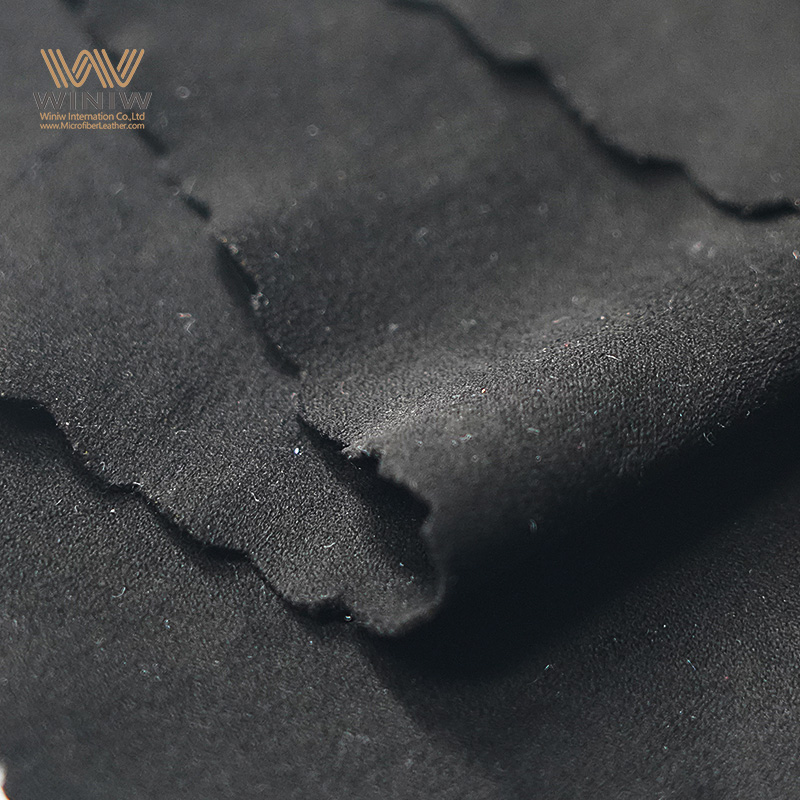
Microsuede vs. velvet
Velvet and microsuede both provide a soft, luxurious feel. Velvet uses woven fibers, often silk, cotton, or synthetic blends. Microsuede uses tightly woven polyester. Velvet shows marks and impressions easily. Microsuede resists crushing and maintains its texture. Velvet absorbs spills and stains quickly. Microsuede repels liquids and cleans up with less effort.
People often select velvet for its rich appearance and deep color. Microsuede offers a modern look and practical benefits. Velvet works well for accent chairs or formal spaces. Microsuede fits family rooms and high-traffic areas.
Comparison highlights:
Velvet feels plush and elegant.
Microsuede feels soft and smooth.
Velvet requires gentle care and professional cleaning.
Microsuede allows for simple, routine cleaning.
Pros and cons
Black microsuede stands out for its balance of style, comfort, and practicality. The following list summarizes the main advantages and disadvantages:
Pros:
Resists stains and spills
Maintains color over time
Feels soft and comfortable
Costs less than natural suede or velvet
Cleans easily with water-based products
Cons:
May pill after heavy use
Lacks the prestige of genuine suede or velvet
Can attract lint or pet hair
Not as breathable as some natural fabrics
Note: Microsuede provides a smart choice for families, pet owners, and anyone seeking low-maintenance upholstery. People who want a classic or luxurious look may prefer suede or velvet, but they should expect higher costs and more demanding care routines.
Evaluating and testing the right fabric
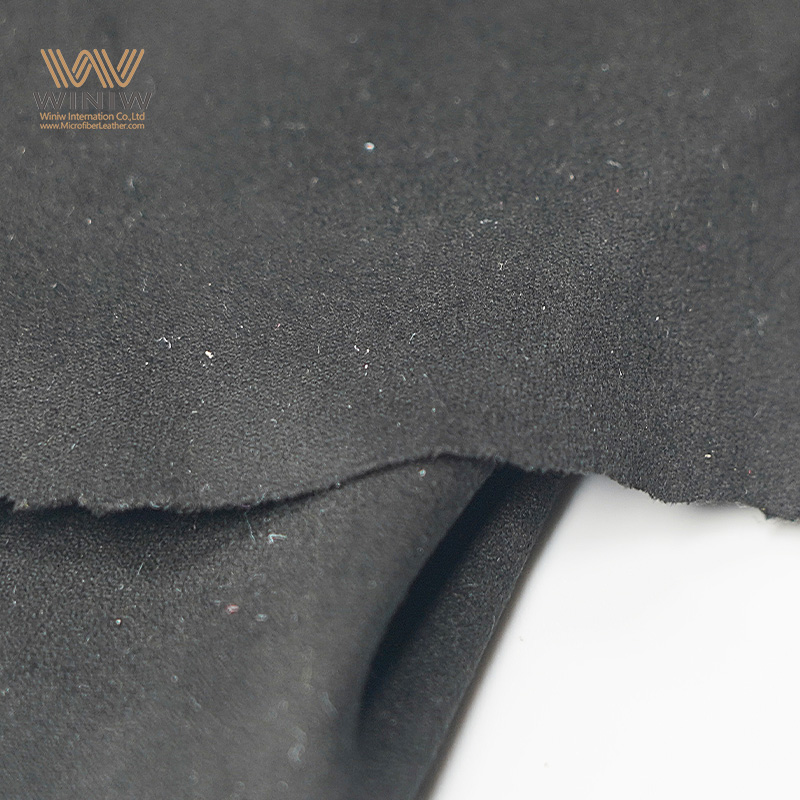
Requesting samples
Smart shoppers always request fabric samples before making a final decision. Samples allow buyers to see how a performance fabric looks and feels in their own space. Many suppliers offer small swatches for a minimal fee or even free of charge. By handling these samples, buyers can check if the fabric matches their expectations for softness, color, and texture. Samples also help people test how easy to clean the fabric is by exposing it to common spills or dirt. This step ensures that the chosen performance fabric will meet daily needs and hold up as the most durable sofa fabric in the home.
Visual inspection
A careful visual inspection of black microsuede samples reveals important quality details. Buyers should look for:
Consistent color throughout the surface
Absence of blemishes, streaks, or uneven patches
Uniform and well-defined grain pattern
Clean, well-finished edges
Securely bonded backing with no signs of peeling or separation
These visual indicators show that the performance fabric meets high standards. Consistent color and a uniform grain pattern signal good dyeing and weaving processes. Well-finished edges and a strong backing suggest the fabric will last longer and remain easy to clean. People should inspect samples in natural light to see the true color and spot any flaws that might appear in different settings.
Hands-on tests
Physical testing helps buyers understand how a performance fabric will behave in real life. Rubbing the fabric with a hand checks for softness and flexibility. Stretching the sample gently shows if the fabric returns to its original shape. Pouring a small amount of water or coffee on the sample tests how easy to clean the fabric is and how well it resists stains. After cleaning the spill, the fabric should not show marks or lose its texture. Some people press tape onto the surface to see if lint or pet hair sticks easily. These hands-on tests give a clear idea of how the performance fabric will perform over time. They also help buyers compare different options and choose the best one for their needs.
Tip: Always test samples in the same conditions as the intended furniture use. This approach gives the most accurate results for durability and cleanability.
Upholstery care and maintenance
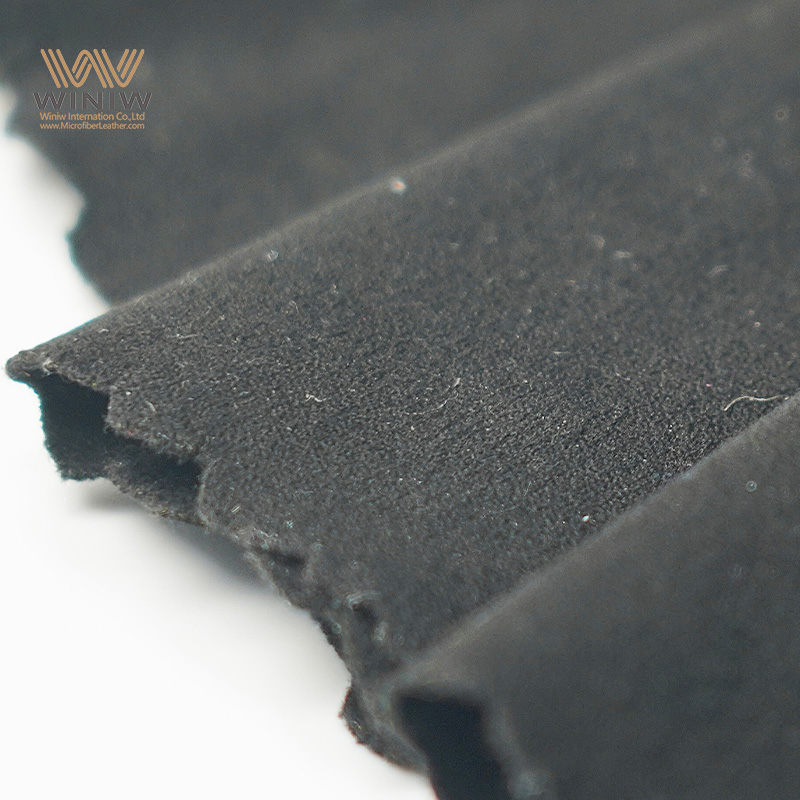
Routine cleaning
Routine cleaning keeps black microsuede upholstery looking fresh and extends its lifespan. Most manufacturers include a care label with specific instructions. Users should always check this label before starting any cleaning process. The following steps outline the best approach for regular maintenance:
Read the instructions first. The care label tells whether to use water, solvent-based cleaners, or just vacuuming. This step prevents accidental damage.
Vacuum the surface. Use a vacuum with a brush attachment to remove dust, crumbs, and pet hair. Regular vacuuming prevents dirt from settling deep into the fibers.
Lightly moisten for stains. If the label allows water, spray a small amount of warm water onto the fabric and dab gently. For light stains, this method often works well.
Use gentle cleaning solutions. For tougher spots, apply diluted rubbing alcohol or a mixture of vinegar and baking soda. Avoid strong chemicals, as they can damage the fabric.
Remove debris after cleaning. Once the area dries, use a soft brush or vacuum again to lift any remaining residue.
Tip: Always test cleaning products on a hidden area first to check for colorfastness.
Spill management
Quick action helps prevent stains from setting in black microsuede. When a spill occurs, blot the area immediately with a clean, dry microfiber cloth. Rubbing can push the liquid deeper into the fabric, so gentle blotting works best. For sticky or colored spills, use a slightly damp cloth to lift the residue. Avoid over-wetting the fabric, as too much moisture can cause watermarks or shrinkage.
A fabric protector, such as Ultra-Guard, adds an extra layer of defense against spills. These products help liquids bead up on the surface, making cleanup easier. After treating a spill, allow the area to air dry completely. Brushing the pile lightly restores the fabric’s soft texture.
Note: Keeping a microfiber cloth nearby makes it easier to respond quickly to accidents.
Long-term care
Long-term care strategies help maintain the appearance and durability of black microsuede upholstery. Regular vacuuming with a brush attachment removes dust and prevents buildup. Lightly brushing the suede pile keeps the fabric soft and maintains its texture. Applying a fabric protector shields against future stains and moisture.
Owners should keep furniture away from direct sunlight and heat sources. Sunlight can fade the deep black color, while heat may dry out the fibers. Rotating and fluffing cushions ensures even wear and helps them keep their shape. Using throw blankets or covers during daily use adds another layer of protection.
Vacuum weekly with a brush attachment.
Brush the pile to maintain softness.
Apply fabric protectors as needed.
Keep furniture out of direct sunlight.
Rotate and fluff cushions regularly.
Clean pet hair and dirt promptly.
Callout: Consistent care routines preserve both the look and feel of black microsuede, ensuring furniture remains attractive and comfortable for years.
Tips for choosing the right fabric
Checklist
Selecting the right fabric for upholstery projects requires careful attention to several important factors. A well-organized checklist helps buyers focus on what matters most.
Assess the durability rating. Look for a high double rub count to ensure the right fabric will withstand daily use.
Examine stain resistance. Choose the right fabric with built-in protection or treatments that repel spills and dirt.
Check the cleaning code. The right fabric should match the cleaning methods available at home.
Inspect color retention features. The right fabric must resist fading from sunlight and regular cleaning.
Evaluate the weight and drape. The right fabric should feel substantial but not too heavy for the intended furniture.
Request samples. Test the right fabric in the actual room to see how it looks and feels.
Compare price points. Balance the cost with the expected lifespan and performance of the right fabric.
Consider the texture and comfort. The right fabric should feel pleasant to the touch and suit the style of the space.
Review the warranty or return policy. The right fabric often comes with guarantees that protect the investment.
A checklist like this ensures buyers do not overlook any detail when searching for the right fabric. Each point helps maintain both quality and comfort in the finished piece.
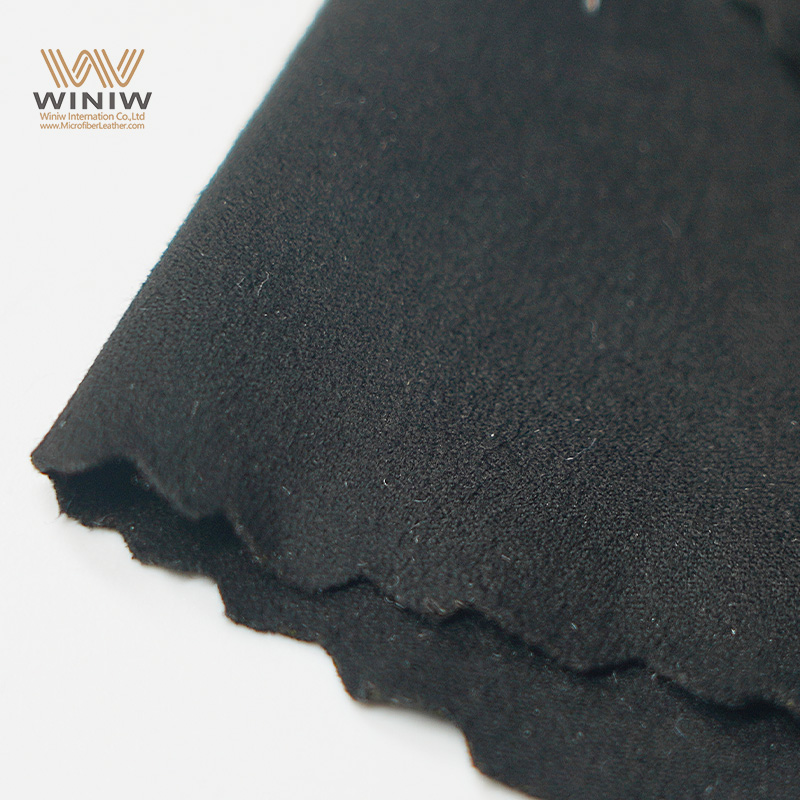
Common mistakes
Many people make avoidable errors when choosing black microsuede for upholstery. These mistakes can affect the longevity and appearance of the right fabric.
Over-saturating microsuede with cleaning solution can lead to damage.
Using a cleaning formula that is too strong can make the material stiff or rough.
Improper cleaning techniques, such as scrubbing too hard, can cause the fibers to ball up.
Ignoring the cleaning code or using the wrong products often results in a loss of quality. Buyers sometimes focus only on price and overlook the importance of durability or stain resistance. Skipping the sample-testing step can lead to disappointment if the right fabric does not match expectations. Choosing a fabric without checking its weight or drape may result in poor fit or wrinkling. These mistakes highlight the need for careful evaluation before making a final decision.
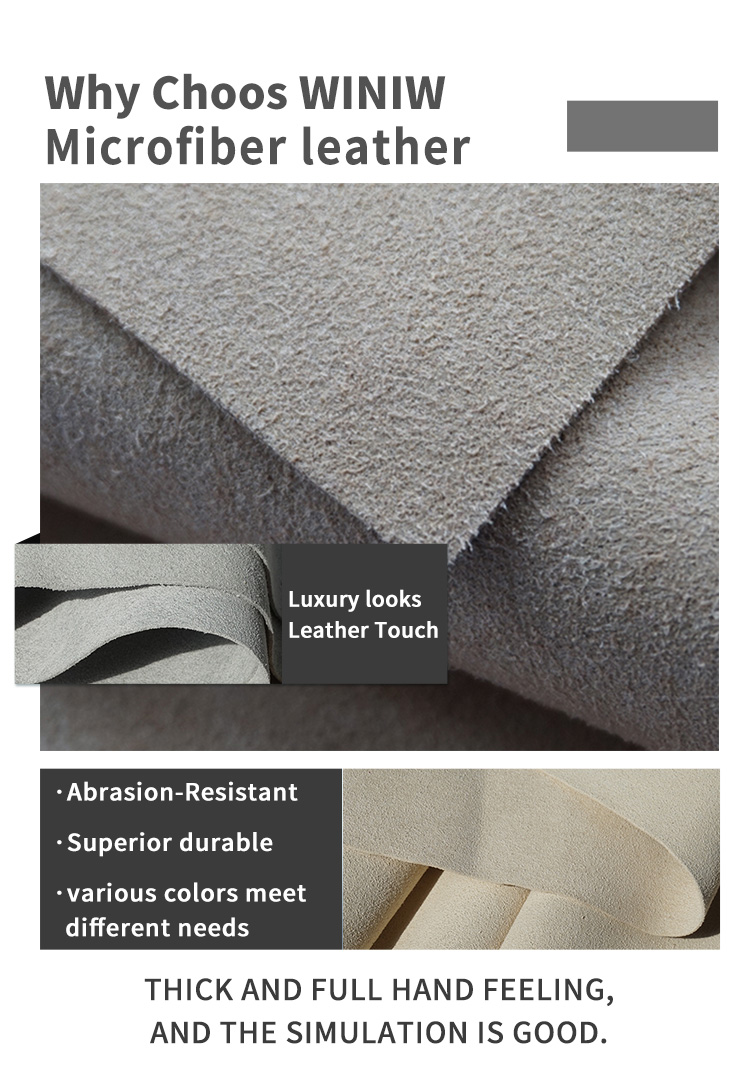
Expert advice
Experts recommend a methodical approach to selecting the right fabric for upholstery. They suggest starting with a clear understanding of the furniture’s purpose and the environment where it will be used. High-traffic areas require the right fabric with superior durability and stain resistance. For homes with pets or children, the right fabric should offer easy cleaning and strong soil resistance.
Professionals advise testing multiple samples in the actual space. Lighting and surrounding colors can affect how the right fabric appears. Experts also stress the importance of reading care instructions and following recommended cleaning routines. They encourage buyers to invest in the highest quality they can afford, as the right fabric will maintain its appearance and comfort over time.
A thoughtful selection process, guided by expert tips, ensures the right fabric delivers both style and long-lasting performance.
Choosing black microsuede for upholstery projects involves several important factors. Buyers should focus on durability, stain resistance, and color retention. These qualities help maintain the best upholstery fabric over time. Stain-resistant fabric benefits active households and extends the life and appearance of furniture. Easier maintenance saves time and money. Testing samples and comparing options allow buyers to match their choice to their needs and budget.
Stain resistance reduces stress about spills.
Long-lasting color keeps furniture looking new.
Durable fabric supports long-term value.
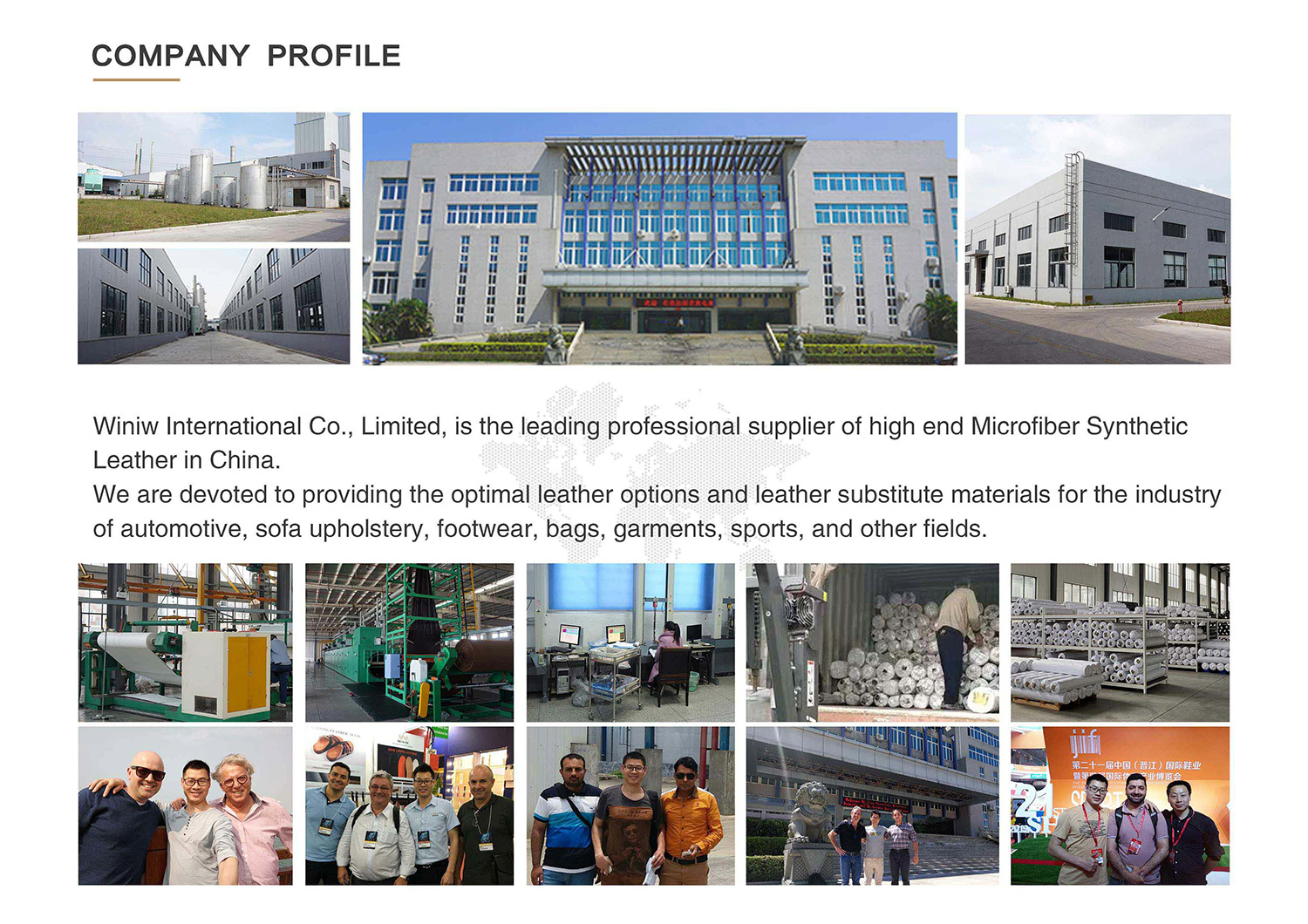
FAQ
What makes black microsuede a good choice for upholstery?
Black microsuede offers durability, stain resistance, and easy cleaning. The fabric maintains its color and texture over time. Many homeowners select it for high-traffic furniture because it combines comfort with practical benefits.
How does black microsuede compare to real suede?
Microsuede uses synthetic fibers, while real suede comes from animal hides. Microsuede resists stains and water better. Real suede feels luxurious but requires special care. Microsuede costs less and suits busy households.
Can pet owners use black microsuede for furniture?
Yes, pet owners often choose black microsuede. The fabric resists pet hair and stains. Regular vacuuming keeps it clean. Many find it easier to maintain than natural fabrics.
How should someone clean black microsuede upholstery?
Vacuum the surface weekly. For spills, blot with a dry cloth. Use water-based cleaners if the label allows. Avoid harsh chemicals. Always test cleaning products on a hidden area first.
Does black microsuede fade in sunlight?
Direct sunlight can cause fading over time. Placing furniture away from windows or using curtains helps protect the fabric. Some microsuede options include UV-resistant treatments for added protection.
Is black microsuede suitable for all types of furniture?
Black microsuede works well for sofas, chairs, ottomans, and headboards. The medium-heavy weight supports frequent use. Some lightweight versions may not suit heavy-use pieces.
What is the average price range for black microsuede?
Most black microsuede fabrics cost between $20 and $35 per yard. Premium options with advanced treatments may cost more. Buyers should balance price with quality and durability.
Are there any drawbacks to using black microsuede?
Microsuede may pill after heavy use. The fabric can attract lint or pet hair. It does not offer the same breathability as some natural materials. Regular care helps minimize these issues.


